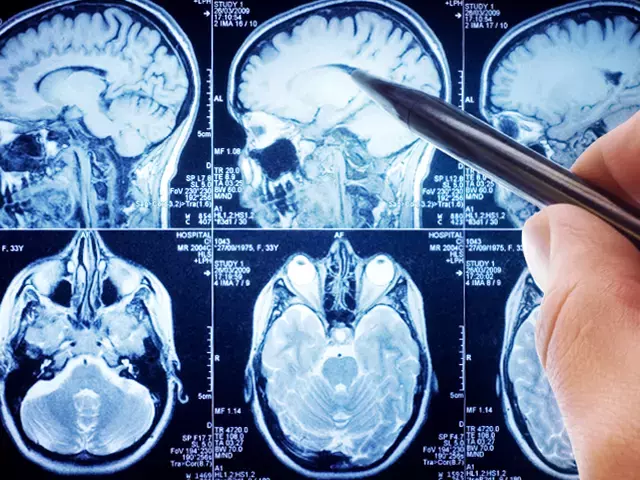Concussion and brain injury
We have made great progress in reducing severe head and brain injuries since the introduction of mandatory seat belts, but these types of injuries remain a key factor of all safety design, especially in military and aviation.
Recently we’ve been looking at how we can use 3D printing and our new fiber optic sensors to create a sensitive brain simulation device. Researchers at the University of Michigan have been printing 3D brains modeled after a brain developed by Carnegie Mellon. Our teams are now placing fiber optics into these models. We’re trying to understand if we can predict vessel breakage, and how to reduce pressure and acceleration impacts on the brain during impact and explosions.

If you are interested to partner with us, please leave your details
Mike Beebe
Mike is a Chief Technology Officer for Humanetics Safety. He has spent over 40 years in the design, development, manufacturing, and testing of Anthropomorphic Test Devices (ATD’s or crash dummies). Mike has worked with almost all of the historical dummy manufacturers (ARL, Humanoid Systems, FTSS, ASTC, & Denton ATD), the NHTSA, Chrysler, and GM, and helped develop the SID, Hybrid III family, BIOSID, BIORID, the Live Fire Lifeman, airman, and ejection seat dummies.